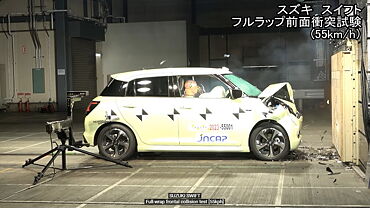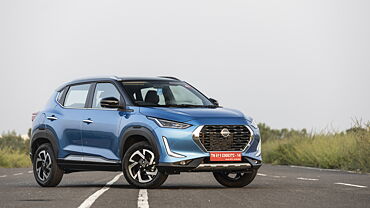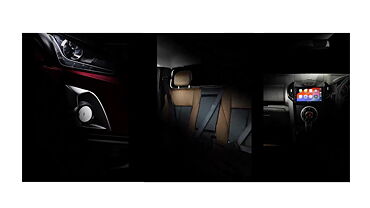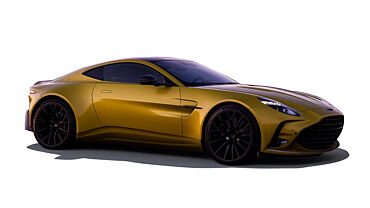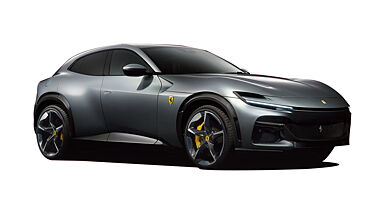Fuel is to cars what food is to us- lifeline, something that keeps the car going. The first reports of fuel price being cut in India came into the newspapers and on television channels just before the day the rates were supposed to be cut- on August 15th of this year, India’s 67th Independence Day.
The normal procedure for the state retailers is to revise the fuel prices according to the average international oil price and the rupee-dollar exchange rates. According to these calculations, the determination of the fuel prices is then made and accordingly implemented on the 1st and 16th of every month, with the difference of a fortnight reserved.
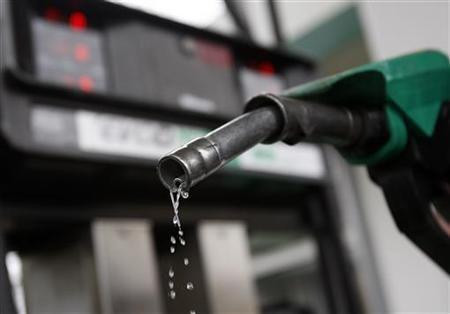
On August 13th of this year, it was reported that the freshly-minted Prime Minister Narendra Modi, leading the NDA-government, cut the fuel price by Rs. 2.18 a litre in the capital and between Rs. 1.89 and Rs. 2.36 in the rest of the country. This was an important and positive impact on the current account deficit and the government’s subvention burden- and it continued.
The petrol prices were further cut by 1.82 a litre at the end of the month of August- this was the third such cut that the government was announcing that month. However, another cut would then come exactly a month later, on September 30th, 2014, when the fuel prices were cut by 65 paisa, a decision which was taken only after the PM returned from his visit to the US. Exactly about a month later, it was reported that the fuel prices may drop after the elections in Haryana and Maharashtra were conducted. They were recently cut by about Rs. 1 per litre.
The constant dip in fuel prices ever since January 2013 has, reportedly, upped the demand for petrol cars while the customers are not ready to pay a premium for diesel-filled engines. The narrowing gap between the petrol and diesel prices has led to customers shying away from buying diesel-filled cars and opting instead for smaller and lighter petrol engine cars. According to certain reports, from 58% in 2012-13, the share of diesel cars has shrunk to 53% this year. The fuel price dips in the past three months and more have certainly led some towards a loss to others’ gains.





